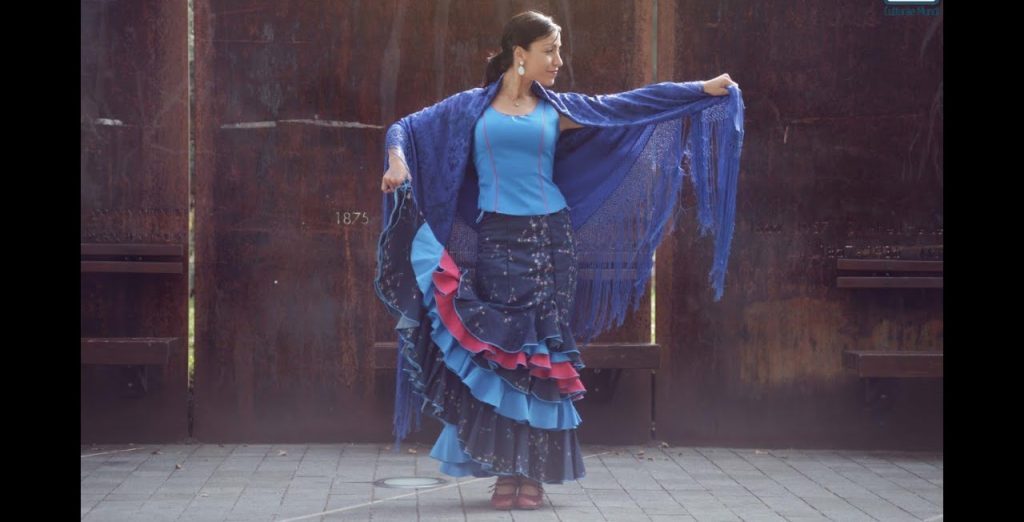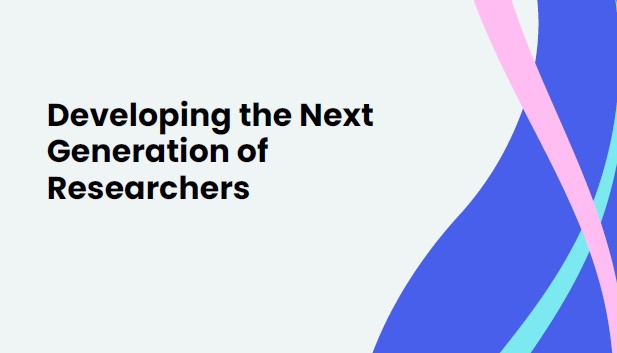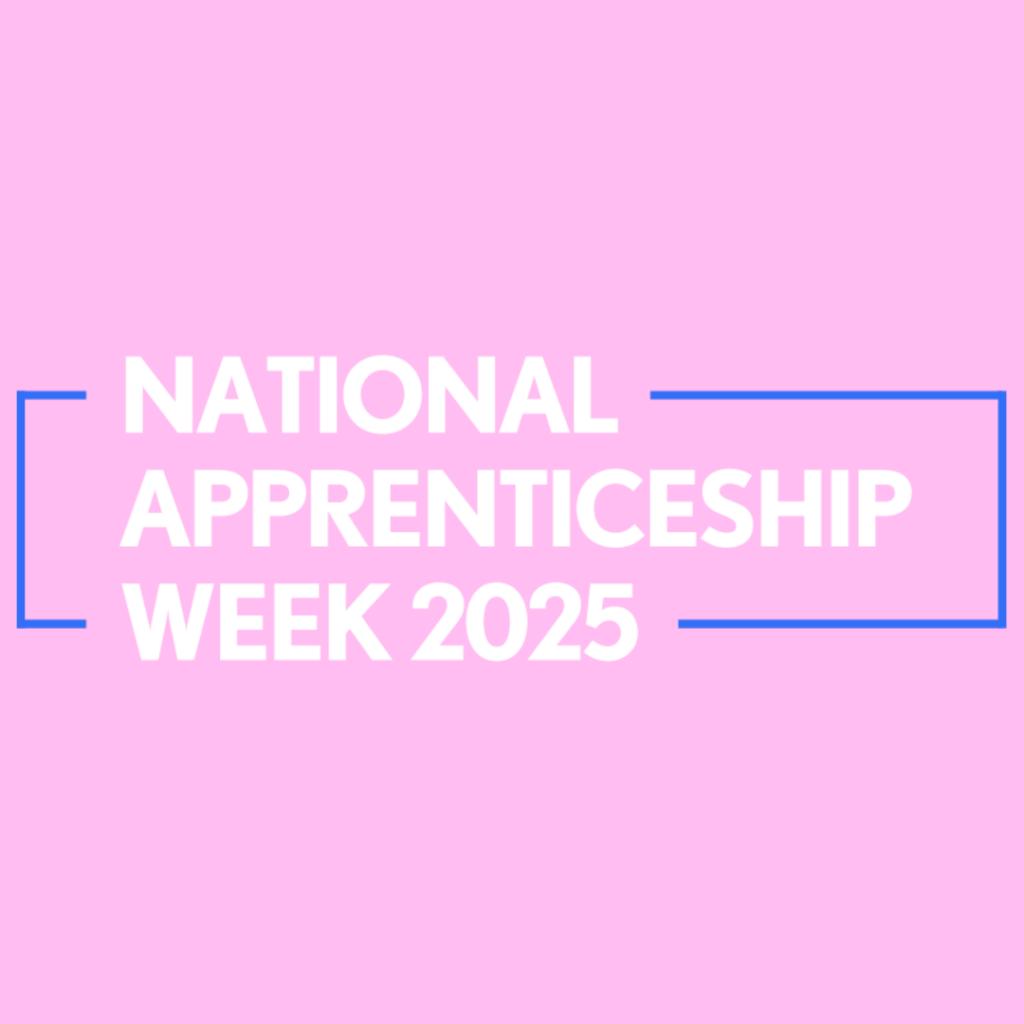Coventry University researchers, Professor Sarah Whatley, Dr Rosamaria Cisneros and Dr Karen Wood from the Centre for Dance Research (C-DaRE) have worked with IT developers, custodians of cultural content, renowned dance artists, and marginalised dance communities to educate the public and preserve Intangible Cultural Heritage (ICH) for the future.
ICH is a practice, representation, expression, knowledge, or skill considered by UNESCO to be part of a place’s cultural heritage, and for C-DaRE researchers the focus is on exploration and preservation of dance as an element of this heritage.
An on-going consideration for the arts is how ICH might generate revenue for cultural institutions. Through an EU-funded project called Europeana Space, Professor Whatley and Dr Cisneros worked closely with IT experts and entrepreneurs to develop software applications; Dancespaces and Dancepro. These unique apps targeted the needs of dance enthusiasts and pre-dance professionals (dancers in training) who might want to share and explore content about a particular aspect of dance. DancePro had an additional tool for researchers and dance experts, so they could access dance content and create metadata information sets.
Whilst Dancepro and Dancespaces apps created a unique digital dance space and experience for users, the WhoLoDancE, project had Professor Whatley, Dr Wood and Dr Cisneros work closely with technologists again, but with a focus on capturing Flamenco and Greek folk dance. WhoLoDance captured different cultural dance practices and developed better software to help influence ways in which dance is taught, learnt and made.
Dr Cisneros has been instrumental in organising dance events to bring to life marginalised dance practices: she organised the Coventry FlamenKo Festival to educate the public about Flamenco, and to showcase Gypsy/Roma cultural art forms.
FlamenKo provided guests with insights into Romani cultural heritage. At the same time Dr Cisneros showcased to venues how the use of digital technologies can be used effectively to document and promote differing subjects for larger audiences at events; and how art can be used as an entry point and vehicle for intercultural communication.
Her research reported that visitors who attended the festival had their perceptions of marginalised and minority communities changed, increased the visibility of Romani community’s dance practices, and provided exhibition venues new ways to access history for public engagement purposes.
The research has changed methods used by IT developers working with dance content, established new approaches to curation of dance content and safeguarding that feed into wider sector practices, and increased visibility for marginalised dance communities.




